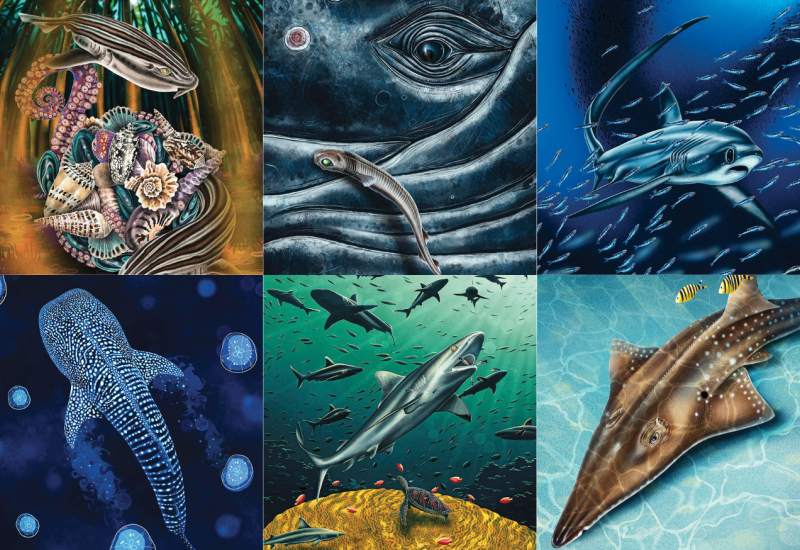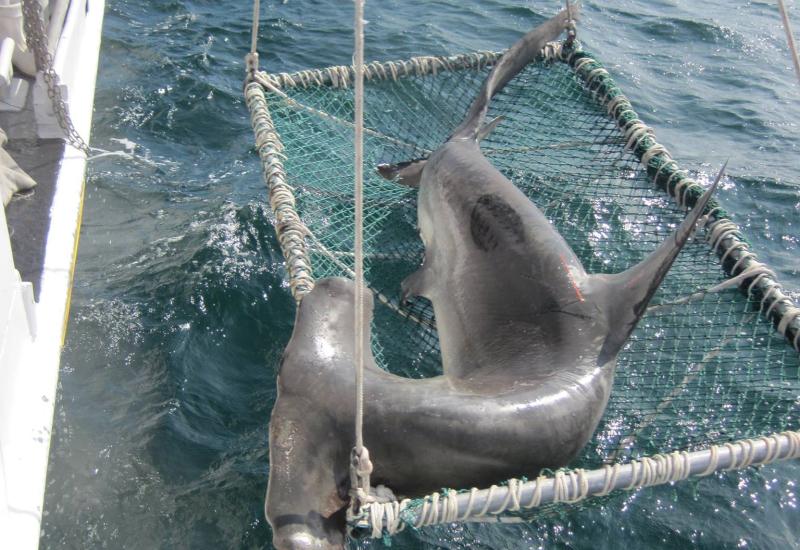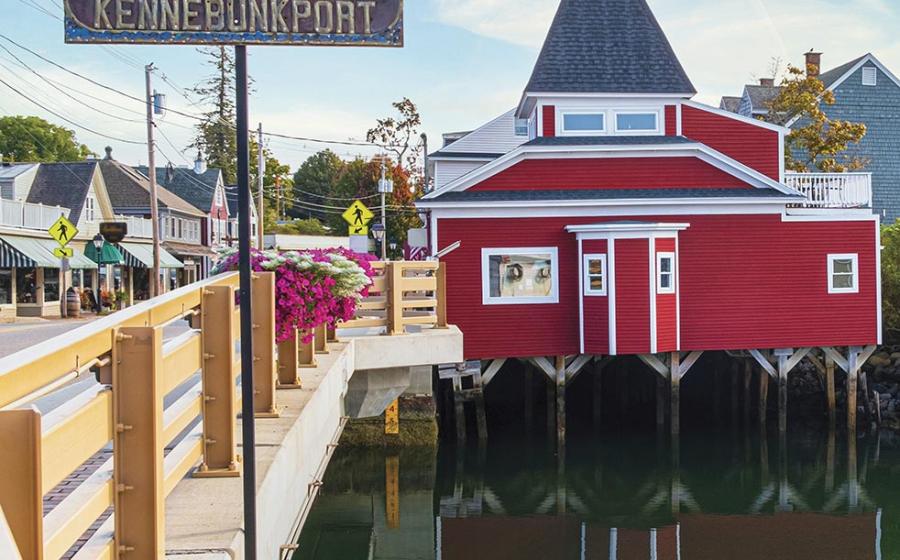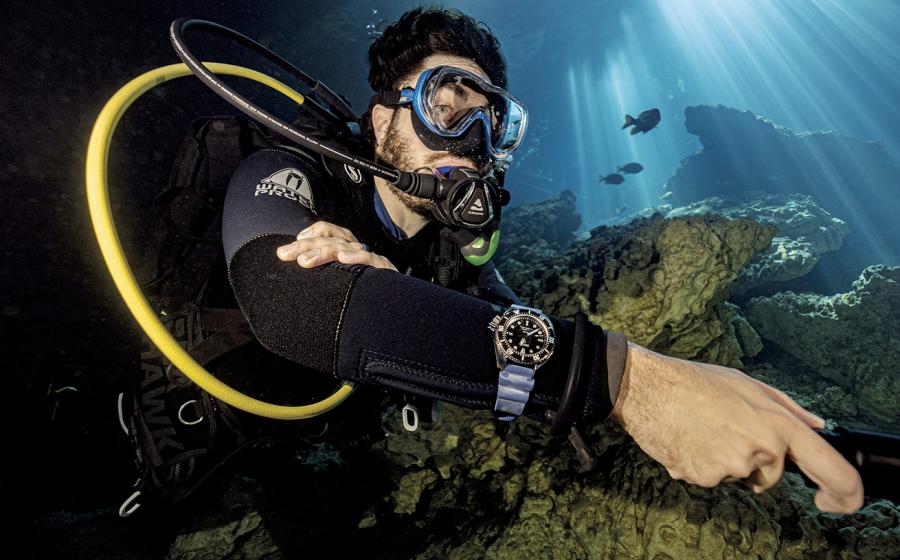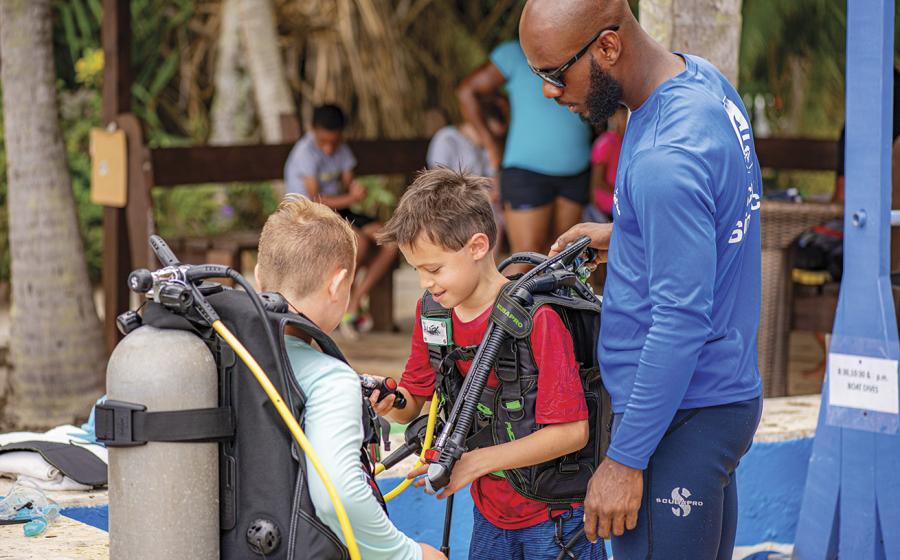Researchers Study How Lack of Tourists Impacts Hawaiian Marine Life
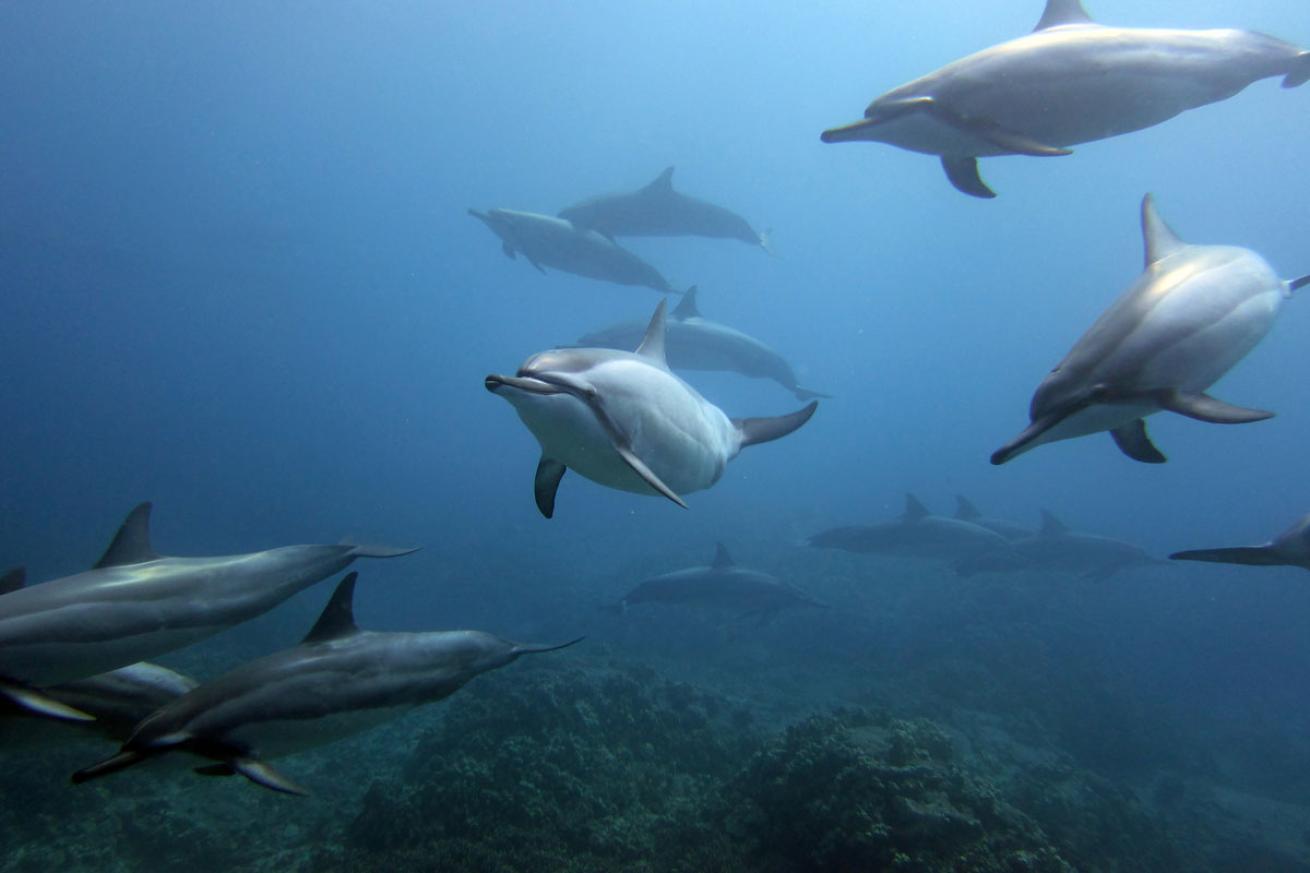
ShutterstockDolphins are among the animals more commonly spotted in the Molokini Crater since COVID-19 halted recreation in the marine conservation zone.
What do popular dive sites look like after months without tourists?
A group of researchers in Hawaii is exploring that question in Molokini Crater, monitoring the ecosystem for any changes in the absence of tour boats, divers and snorkelers.
The partially submerged crater off the southwest coast of Maui drew more than 360,000 snorkelers and divers in 2018, according to Hawaii’s Department of Land and Natural Resources (DNLR).
While a protected Marine Life Conservation District, the heavy tourism traffic raised questions about impacts on local marine life. But scientists were never able to study ecosystem changes in the absence of visitors—until COVID-19 restrictions paused tours in late March.
The DNLR's Division of Aquatic Resources took advantage of the pandemic lockdowns, commencing underwater surveys in mid-May that have continued into June.
“Many Maui residents are wondering what’s happening there now that the tourists are gone,” said Robin Newbold, co-founder and chair of Maui Nui Marine Resource Council, according to Maui Now. “We’re excited that these scientists have stepped forward to collect data relating to this important question.”
Early results indicate an uptick in the amount of ocean life in the crater. Research divers report seeing predators like ulua, omilu and other jacks inside the crater, several sharks on the crater’s backside and a few curious bottlenose dolphins. According to Division of Aquatic Resources records and local operators’ observations, these species haven’t been seen in Molokini in some time.
To continue this research, scientists are installing a network of tracking receivers and are tagging animals with acoustic telemetry tags to record fish movement and observe how certain species are utilizing Hawaii’s marine waterways.
Armed with this new research and previous data records, scientists hope to resurrect a proposal limiting the number of boat moorings allowed at Molokini. This legislation aims to balance economic opportunity and preservation of the crater’s natural resources.
Learn more about the research team’s journey by visiting their blog at molokini.blogs.wm.edu.
More Marine Life News:

